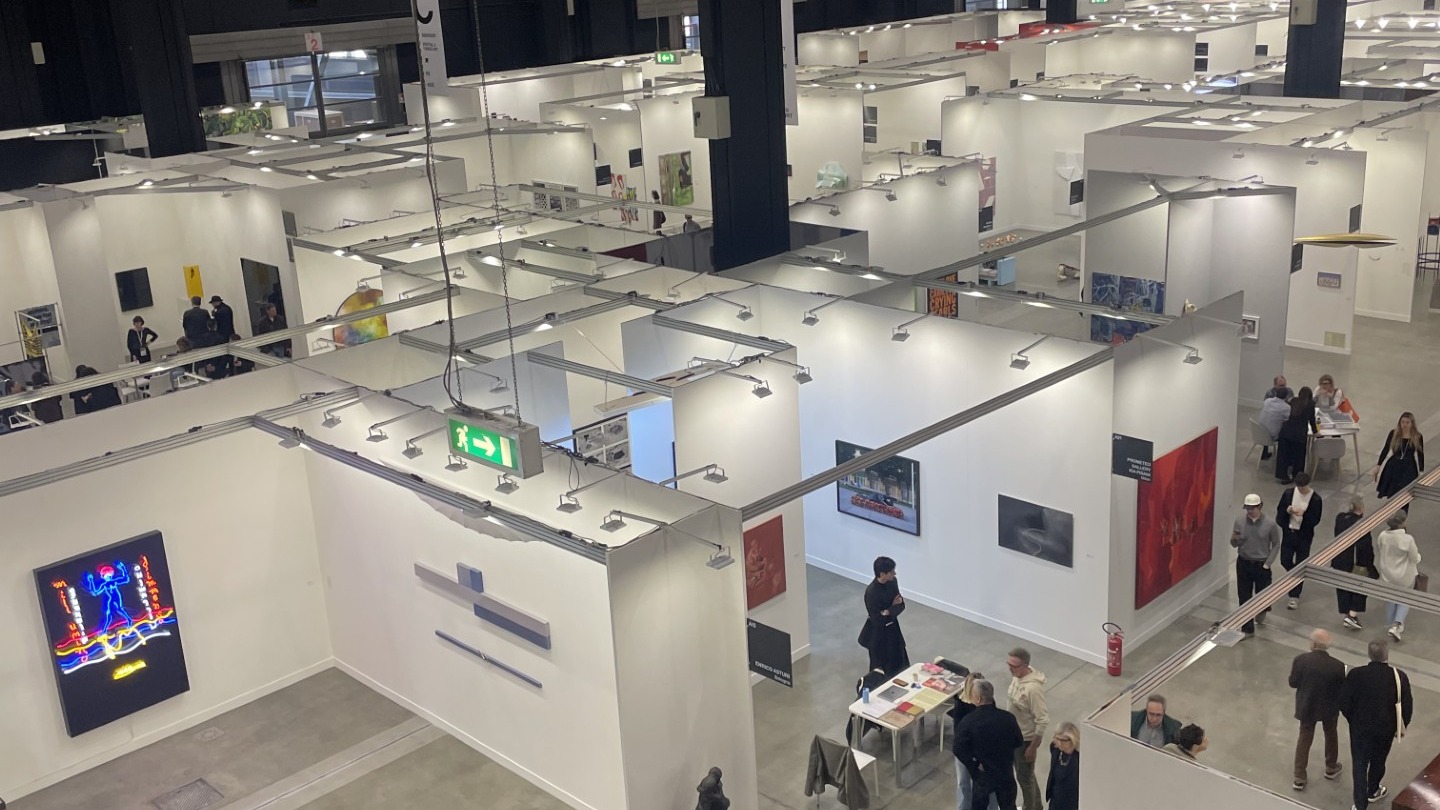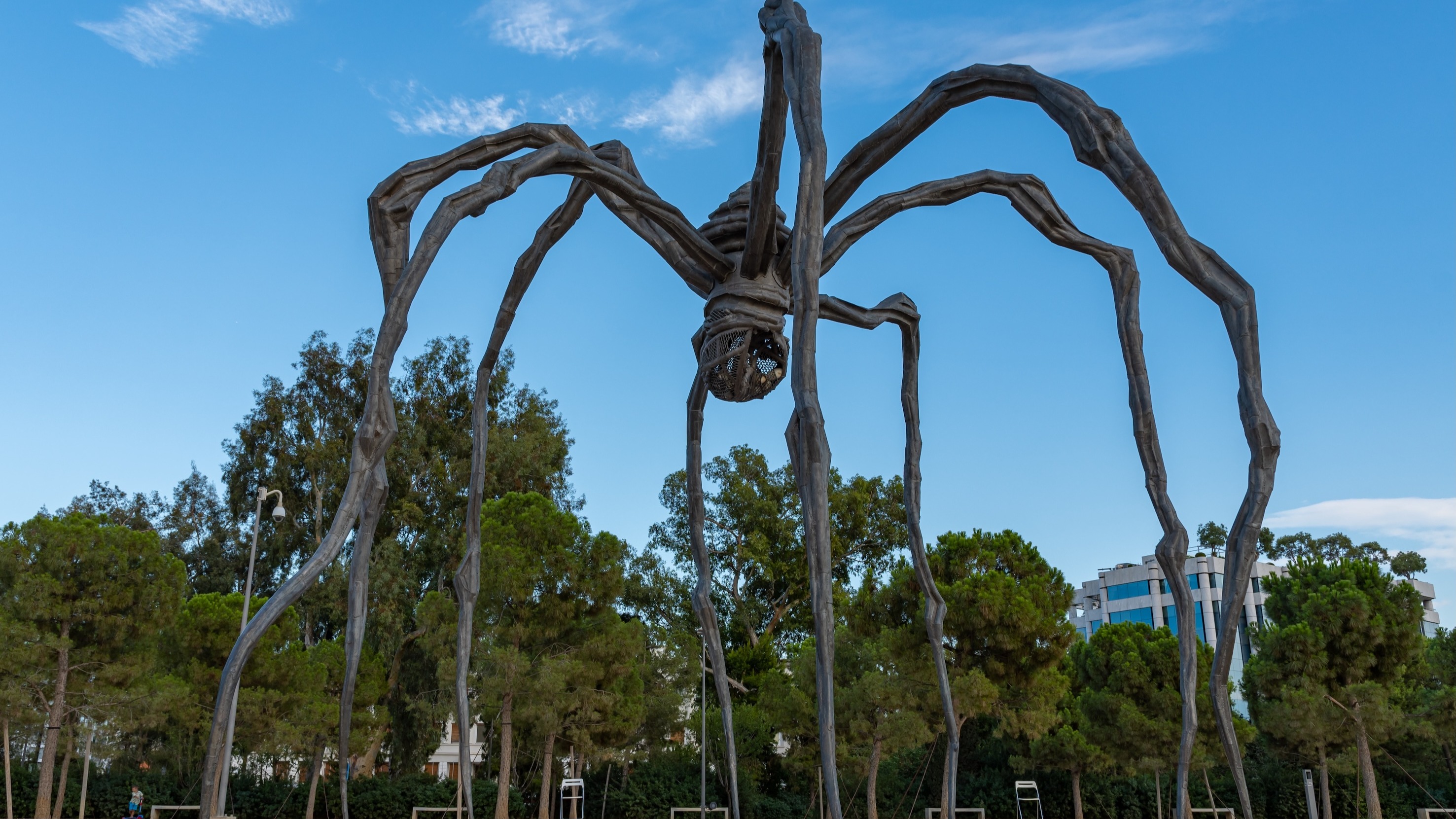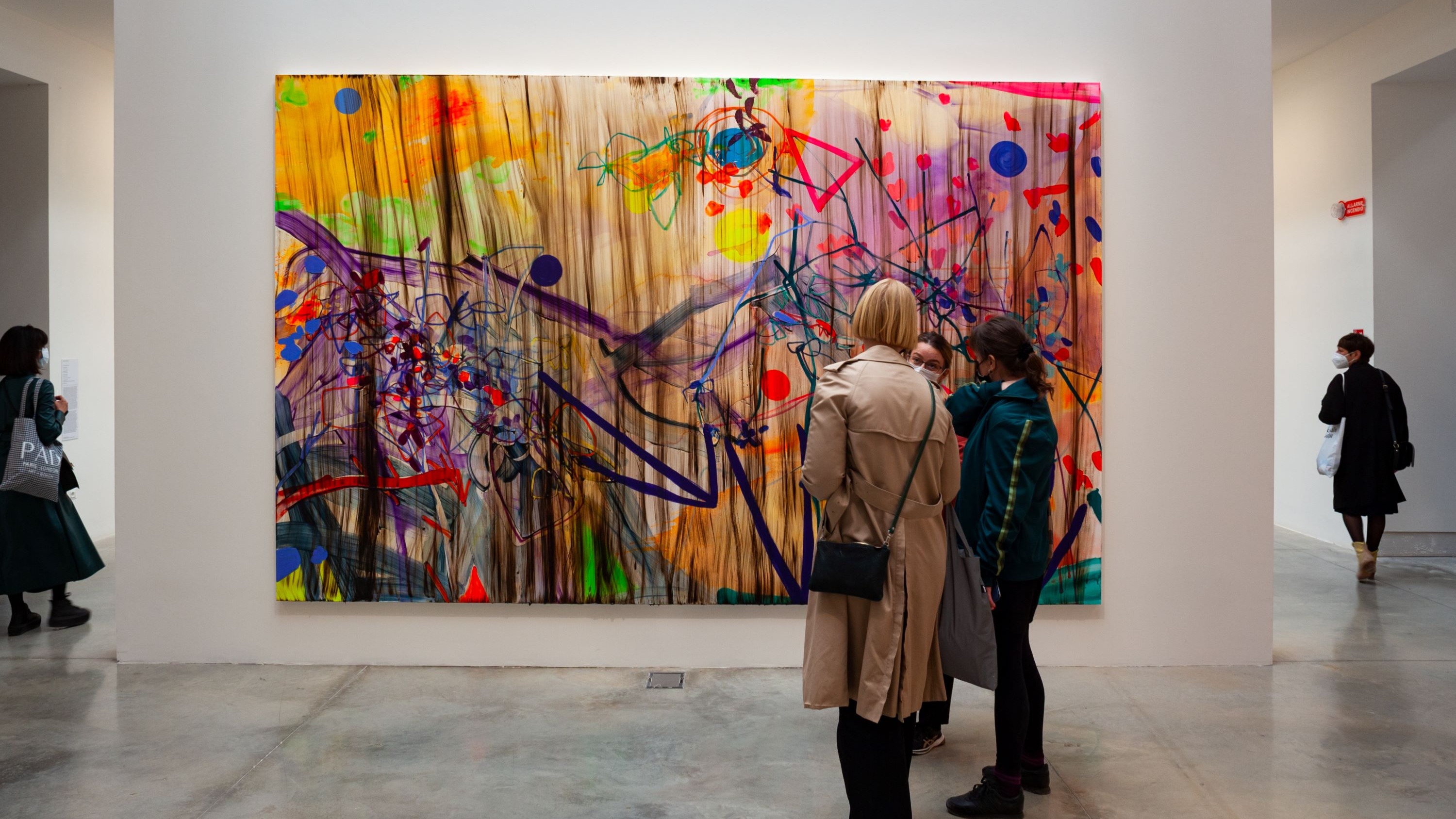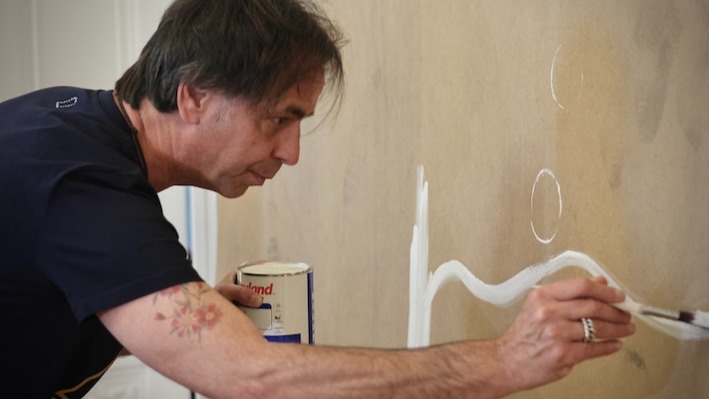
Miart 2025: Among Friends
"I believe that art is about making connections and creating dialogues," said Robert Rauschenberg (1925-2008). And it is precisely these principles of the artist's work that, on the centenary of his birth, inspired the twenty-ninth edition of miart. More specifically, the fair wanted to replicate the artist's commitment to dialogue and collaboration, serving as a "platform for fostering new synergies and connections", as also suggested by the edition's title, "among friends", borrowed from the latest retrospective dedicated to the American artist by the MoMA Museum in 2017.
Based on this strong curatorial commitment, the fair, directed by Nicola Ricciardi, took place in Milan from 3 to 6 April with the participation of 179 galleries from 31 countries and 5 continents, divided into three sections called Established, Emergent and Portal.
The reference to Robert Rauschenberg's vision was particularly emphasised in the Portal section of the fair, curated by Alessio Antoniolli. Inspired by the artist's approach to art-making as a collective process, Portal brought together projects that "break the boundaries between disciplines, time and space to explore hidden narratives and perspectives, as well as new creative fields". According to Rauschenberg, his collaborative works were intended to be "a whole group of brains and feelings and solutions". In line with this approach, the section challenges traditional understandings of geographies and temporalities and offers innovative viewpoints.
This is well described by the work of Gino Marotta (Italy, 1935-2012), proposed by the Richard Saltoun Gallery (London, Rome, New York), whose practice, thanks to the use of industrial materials, allows the creation of imaginative landscapes that host trees, animals, lightning and celestial elements.
Detail of Marotta sculptures, Richard Saltoun booth
From a different perspective, new imaginaries are also offered by the powerful stand of Federica Schiavo Gallery (Rome, Italy), dedicated to the work of Michael Bauer (b. 1973, Germany), where anthropomorphic and zoomorphic forms intertwine to create abstract compositions based on bright colours.
Federica Schiavo, installation view
Rauschenberg's legacy was also interpreted in the Emergent section, located at the entrance to the fair and curated by Attilia Fattori Franchini, dedicated to galleries whose programmes focus on promoting emerging voices in contemporary art, through the diversity of media and research present in this area of the fair. The installation by the Milanese gallery MATTA (Italy), which commissioned the artist duo thebackstudio to design an ad-hoc immersive environment made up of neon lights, was particularly acclaimed, inviting visitors to interact with the space and question its forms and functions.
Matta installation view
Particularly interesting was also the proposal of Artnoble gallery (Italy), which, with a solo exhibition by Aronne Pleuteri (b. 2001, Italy) using various media, from paintings to installations, has created an imaginative context in which humour becomes a way of talking about difficult subjects such as death and violence.
Artnoble booth, installation view
Also particularly fascinating are the textile-based works by Eliška Konečná (b. 1992, Czech Republic) on display at the Eastcontemporary (Italy) stand, which create new narratives by combining sexuality, sensuality, the human sense of touch and references to spirituality.
Eastcontemporary detail booth
In the main section of the fair, called Established, Rauschenberg's approach was transversally interpreted. The works presented in this section ranged from contemporary art in its strictest interpretation to galleries presenting works produced before the year 2000. Special emphasis was also placed on the relationship between the fine and applied arts.
The dialogue between different media was well expressed in the stand of Apalazzogallery (Italy), where works based on drawings, photographs, dry pastels and ceramics were presented together, thanks to a variety of artists such as Ann Iren Buan (b. 1984, Norway), Paolo Gonzato (*1975, Italy), Marta Pierobon (*1979, Italy), Francesco Vezzoli (*1971, Italy) and Noami Boahemaa Sakyi (*1999, Ghana), whose work was selected for the Fondazione Fiera Milano Acquisition Fund 2025.
Palazzogallery, detail of the booth
Instead, a strong example of dialogue between different generations of artists was presented by Andrew Kreps Gallery (New York), who proposed a powerful stand based on sculptural works by Chiara Camoni (b. 1974, Italy) together with works on paper by Raymond Saunders (b. 1934, Pennsylvania).
Andrew Kreps gallery booth
The celebration of Raushenberg at the fair was also welcomed at the institutional level: Gallerie d'Italia presented his masterpiece Blue Exit (1961), part of the Intesa Sanpaolo Art Collection, as a tribute to the artist.
Blue Exit by Robert Rauschenberg at Gallerie d’Italia stand
Despite the difficult macroeconomic scenario, threatened by conflicts, political imbalances and recession, the fair achieved successful results in terms of both sales and visitors: "In spite of the current global difficulties, and apart from a certain slowdown that characterises all major art trade events, the galleries at miart were positive about the results of their participation, both in terms of visitors and sales," explains art historian and critic Cristina Masturzo in her article published by Artribune.
The collaborative spirit was also evident outside the fair, with the Milano Art Week programme, organised by the City of Milan, offering more than 350 events, including openings, talks and presentations, guided tours and studio visits - organised by 205 promoters throughout the city. Among the organisers was London Trade Art, which, in collaboration with the law firm Withers and the gallery Bianchizardin, presented the exhibition Roots, dedicated to the work of artists Fabio Pietrantonio (b. 1966) and Helidon Xhixha (b. 1970).
Helidon Xhixha at Withers, Roots exhibition
At the end of a very intense art week, we can say that Milan has demonstrated its artistic strength and power, both from a curatorial and participatory perspective. To quote Robert Rauschenberg once again, "art is about exploring the unknown and pushing boundaries", and this is exactly the direction Milan is taking, which, especially if it receives more support from a legal and political perspective, opens up the possibility of positioning it among the top art cities in Europe.




